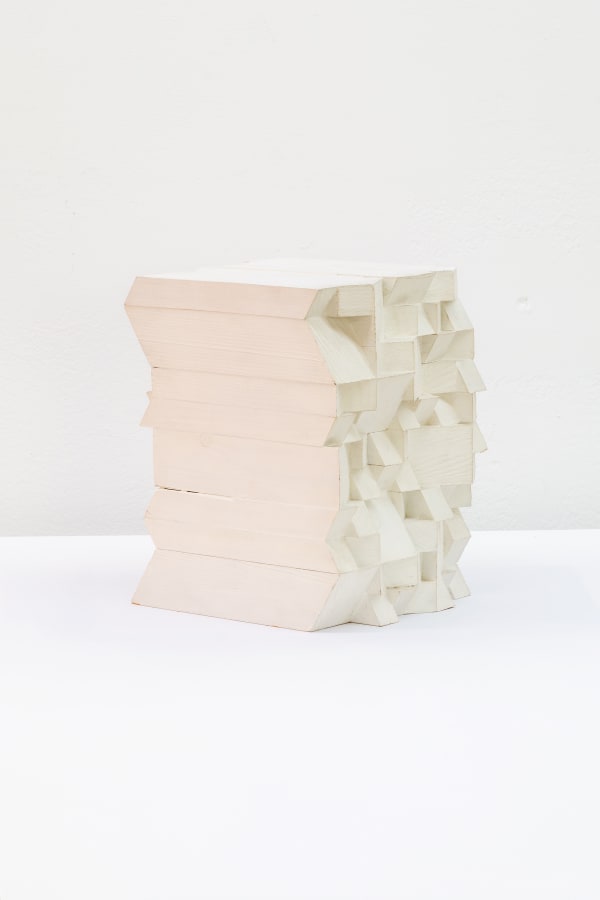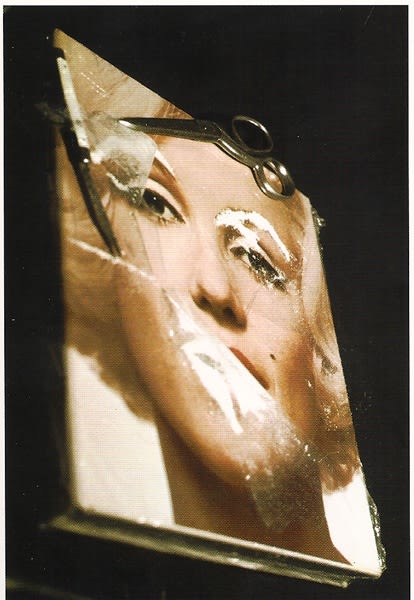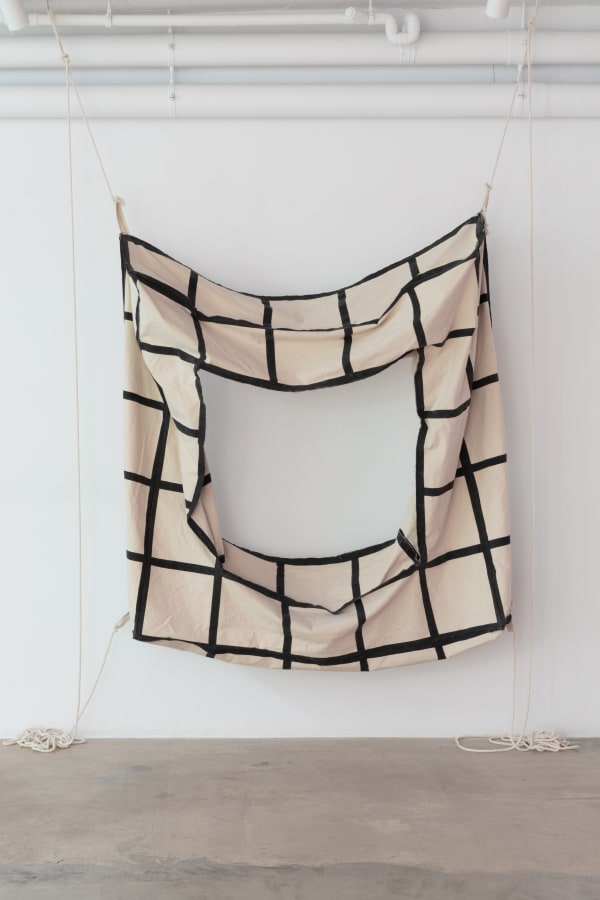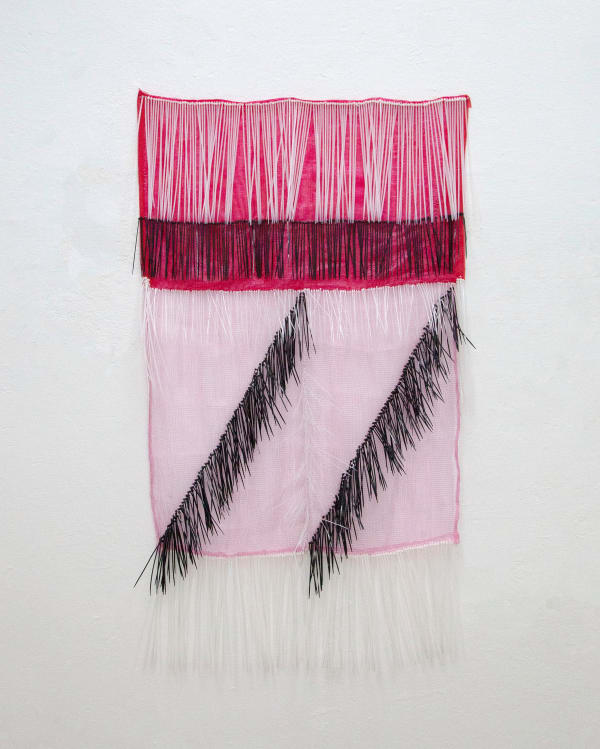-
Lucidus Disorder
Curated by Rolando J. Carmona
September 21 – November 10 2024
-
On the occasion of Palma’s La Nit de l’Art 2024, Baró Galeria presents ‘Lucidus Disorder,’ a group exhibition featuring paintings, sculptures and installation works by prominent Latin American artists from the latter half of the 20th century to the present day, including Diego Barboza, Artur Barrio, Sérgio de Camargo, Eugenio Espinoza, Magdalena Fernández, Gego, Jac Leirner, Hélio Oiticica, Federico Ovalles, Mano Penalva, Wilfredo Prieto, Luís Salazar and Antonieta Sosa.
‘Lucidus Disorder’ delves into the creations of Latin American artists whose intimate and organic works subvert the rigid structures of European modernism. Emerging from the shadows of modernity, these artworks offer a counter-narrative to the dominant themes of progress, rationality, and technology prevalent in Western art of the 1950s. With a strong focus on the tropical landscape and motifs of deconstruction, the exhibition showcases open-ended works characterized by blurred boundaries and evocative imagery, suggesting that no form is ever final, but rather in a constant state of transformation.
Exhibition made with the support of the Consell de Mallorca.
-
Curatorial text
On September 7, 1969, Venezuelan artist Antonieta Sosa destroyed her interactive work Plataforma II in Plaza Morelos, Caracas, freezing the gaze of macho onlookers who could not comprehend why this beautiful and delicate woman was doing such a thing. Destroying these “gems of geometric abstraction” was her way of shouting “NO” to the international art world and the Venezuelan government, who were complicit with Brazil’s military dictatorship by sending kinetic works to the São Paulo Biennial, while Castelo Branco’s henchmen were torturing artists and burning dissident works under the Carioca dictatorship. A year later, during the bloodiest period of the dictatorship, Brazilian artist Artur Barrio threw bloodied bundles resembling human corpses from the windows of a museum and wrote the manifesto Estética del Tercer Mundo (Third World Aesthetics) in 1969. He proposed a new poetics based on the use of perishable and cheap materials like garbage and bones, creating works as sarcastic and painful in the face of power as his Livro de Carne (Book of Flesh, 1978), where living, blood-soaked squares hinted at the possibility of another delirious and disruptive poetics.
-
Meanwhile, Hélio Oiticica, with his Tropicália, and Diego Barboza, with experiences like the “Caja del Cachicamo,” transformed the pictorial plane into a favela festival, disrupting the canon of art through the Dionysian experience of popular culture. Unafraid of night or delirium, they forged experiences as disruptive as Oiticica’s Cosmococa series, where drugs became geometric drawings that heralded contemporary concepts like post-photography.
-
These artists announced a new model of tropical-stamped disobedience, grounded in the logic of chaos. Far from being reactionary, these symbolic and physical gestures operating through deconstruction formed an almost stereo dynamic between Venezuelan and Brazilian artists, who left behind concrete art in Brazil and kinetic art in Venezuela. They configured a political response to the Cartesian and Eurocentric reason that defined official aesthetics, creating works that transcended the grid in crisis and smiled at everyday life.
-
This exhibition presents a new canon of sophistication, where precarious poetics, the power of the tropical landscape, time, and a certain formal awkwardness break the old canon and the “craft” of high culture. The selection brings together key artists who mark the transition from modern to contemporary art in Latin America, in dialogue with mid-career creators who also reflect on reason, tropicality, and process. Eugenio Espinoza distorts the grid with the weight of coconuts; Magdalena Fernández and her macaws tropicalize Mondrian; Jac Leirner, in Corpus Delicti (1992) like Os Cem, creates precarious sculptures with ashtrays stolen from airplanes; Antonieta Sosa draws the path of ants in her kitchen for years, and even Gego, with her intimate and telluric scribbles, reimagines kinetic art as a feminine fabric rather than a technological project of the future. These are all works that eclipse or tropicalize the grid, creating precarious incisions and organic disruptions that find their order in deconstruction and the systematization of apparent chaos, often using ruins as a starting point to announce reinvention.
-
Like a serpent biting its tail, the popular culture of today reclaims the most disruptive figures of the 60s and 70s, generating a satire of the canon and the aesthetic insulation they themselves had built.
-
Artworks
-
Contact Form
Send me more information on Lucidus Disorder
















